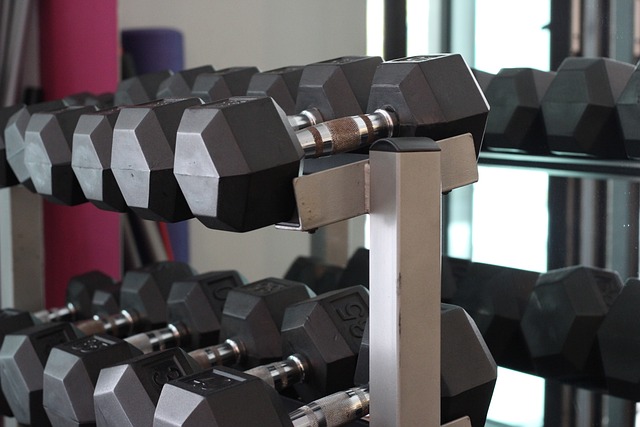
Ultrasound technology has come a long way since its first appearance in clinical medicine in 1956 by Ian Donald.  Although it now has other applications apart from its initial use in pregnancy, pregnant women still account for an overwhelming majority of its users.
Because the technology has grown to allow for very detailed mapping of internal tissues, it has found applications in cancer treatment, cardiology, angiology and lots more.
Transducers, also known as ultrasound probes, are the central-piece of every ultrasound machine. Probe repairs are carried out routinely to ensure they are in proper working conditions.
How Does Ultrasound Work?
Much like the name suggests, ultrasound probes function by using sound waves. The sound waves produced by the transducers used are above the range of human hearing, hence the name “ultrasound.â€
These ultrasound waves are bounced at body structures under inspection ï¼ in a pregnant woman that would be her abdomen. Then, depending on the angle at which the ultrasound waves were beamed and the time taken for the echo to return, the transducers can generate a structure of the foetus.
There are several probe manufacturers, including American bigwigs – General Electric. In fact, they are one of the leading manufacturers. As a cool hack, some ge ultrasound probescan be connected to mobile devices which can be used as screens.
Is Having An Ultrasound Recommended?
Ultrasound checks come in highly recommended by medical practitioners for several reasons, some of which are:
â— It is used to confirm the pregnancy: Sometimes, an ultrasound might be the only way to detect a fibroid in a woman’s uterus. Uterine fibroid can, in some cases, mimic the symptoms of early-stage pregnancy.Â
â—Â It is used to image the foetus in the mother’s womb: this is important because it gives essential information on the child like the sex, state of health etc.
â—Â It can be used to detect the number of foetuses. There are several stories of mothers who had no idea they were carrying more than one child until they went for an ultrasound.
â—Â It can be used to detect abnormalities in the foetus(es): medical conditions that would otherwise have put either the baby and the mother in danger. The result of this is that early steps can be taken to safeguard either/both the lives of the mother and child.
How Many Times Can I Get An Ultrasound During Pregnancy?

This question usually arises because of safety concerns about the waves on babies. So far, ultrasound checks have proven to be very safe. The waves do not expose the mother or child to x-rays or any other harmful form of radiation.
Women are advised to have at least two ultrasound checks over the length of their pregnancy. The first time is during their first trimester to confirm the estimated due date, foetal heartbeat, and that the child is where it is supposed to be.
During the second trimester, you can have another check to see how the baby is developing and even confirm the child’s sex.
In conclusion, ultrasound technology has been one of the most remarkable innovations in female healthcare. It has saved the lives of numerous mothers and children; and is recommended for all to-be moms reading this.
Brought to you by our friends at PRS France.










